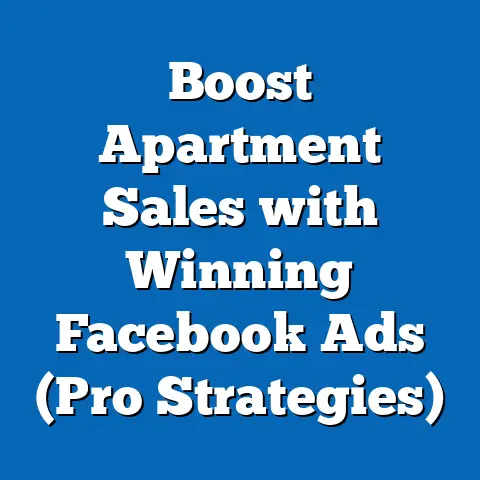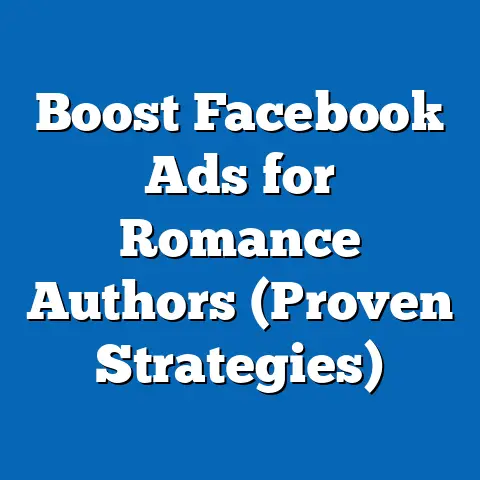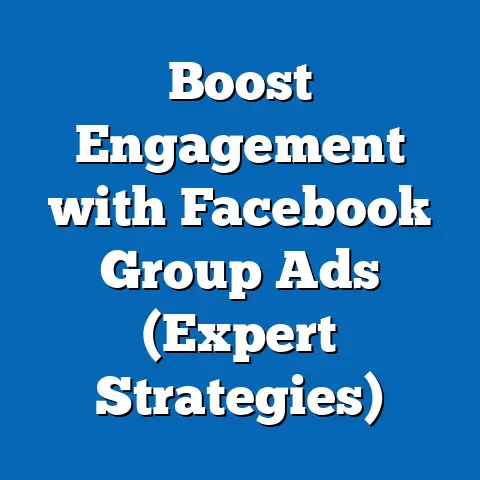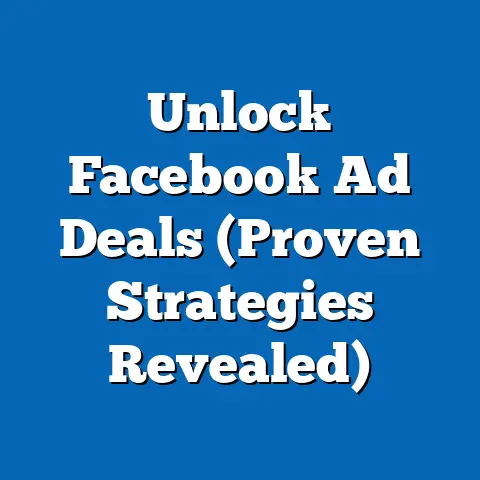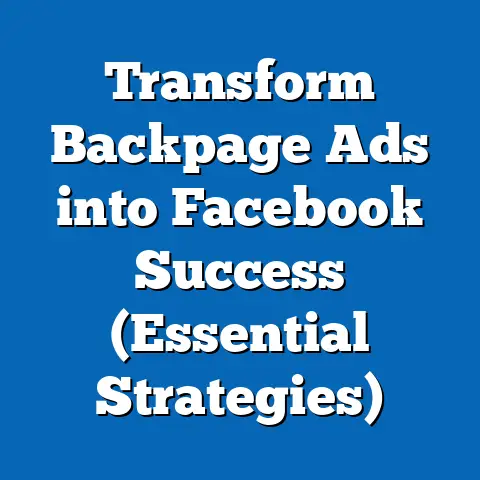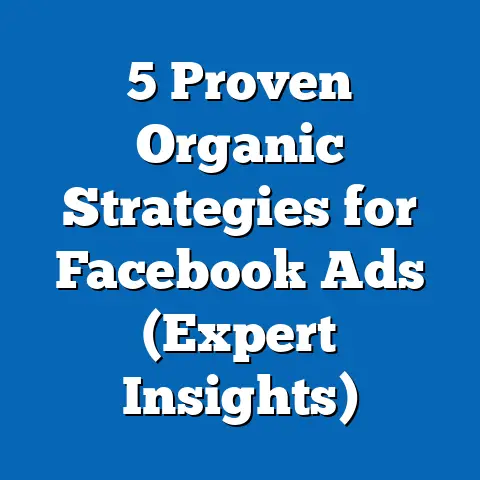Transform Facebook Ads Account to Business Manager (Ultimate Guide)
Transforming a Facebook Ads Account to Business Manager: The Ultimate Guide (With a Tie-In to the Memories of Political Demographics)
Part 1: Memories as a Metaphor – Understanding Political Demographics and Collective Identity
The concept of “Memories” in a political context often evokes shared experiences that bind groups together, shaping their identities, beliefs, and actions. Much like how individuals and businesses must adapt their digital tools (such as moving to Facebook Business Manager), political groups adapt their strategies and structures to align with changing societal dynamics. To ground this metaphor, we analyze the demographic makeup, core beliefs, voting patterns, and distinguishing characteristics of key political groups in the United States, using “Memories” as a lens for understanding collective identity and evolution.
Demographic Composition of Political Groups
Political affiliations in the U.S. are deeply tied to demographic factors such as age, race, education, and geographic location. According to the Pew Research Center (2020), Democrats tend to draw significant support from younger voters (18-29 years old), with 59% identifying or leaning Democratic, compared to 33% for Republicans. Racial and ethnic diversity also plays a role, with 79% of Black voters and 66% of Hispanic voters aligning with Democrats, while Republicans have stronger support among White voters (53%).
Education levels further delineate these groups. College graduates are more likely to identify as Democrats (54%) than Republicans (39%), while non-college-educated White voters lean heavily Republican (59% vs. 33% Democratic). These demographic markers create distinct “memories” or shared experiences within each group, influencing how they perceive political issues and engage with the world.
Core Beliefs and Values
At the heart of political identities are core beliefs and values that act as collective memories shaping group behavior. Democrats often emphasize social equity, environmental sustainability, and government intervention in areas like healthcare and education, with 78% supporting a government-run healthcare system (Pew Research, 2021). Republicans, conversely, prioritize limited government, free-market principles, and traditional social values, with 65% opposing government involvement in healthcare.
These contrasting values create different “memories” of what government should be, often rooted in historical narratives—Democrats recalling the New Deal era as a triumph of collective support, while Republicans harken back to Reagan-era deregulation as a golden age of individual liberty. Such memories are not just nostalgia but active frameworks for interpreting current events and policies.
Voting Patterns and Political Engagement
Voting patterns reflect how these memories translate into action. In the 2020 U.S. Presidential Election, turnout among young voters (18-29) reached 53%, with a strong Democratic tilt (60% for Biden vs. 36% for Trump, per CIRCLE Tufts University data). Urban areas, often more diverse and educated, also showed higher Democratic support, with 62% voting for Biden in metropolitan counties.
In contrast, rural voters, who are predominantly White and less likely to hold college degrees, supported Trump at a rate of 65% (Edison Research, 2020). Political engagement also varies—Democrats are more likely to participate in protests and online activism (41% of Democrats vs. 28% of Republicans, per Pew), while Republicans show higher engagement in local community and religious activities (55% vs. 43%).
Distinguishing Characteristics Compared to Other Groups
What sets these groups apart is not just their policy positions but how their “memories” shape their worldview. Democrats often frame their identity around progress and inclusion, drawing on historical moments like the Civil Rights Movement as touchstones. Republicans, meanwhile, anchor their identity in preservation—of traditional values, economic freedom, and national sovereignty—often citing the Founding Fathers or the post-World War II era as defining memories.
Compared to Independents, who make up about 38% of the electorate (Gallup, 2021) and often lack a cohesive set of shared memories, both major parties have more defined collective identities. Independents are demographically diverse but tend to be more moderate, with 48% identifying as neither liberal nor conservative, making their voting patterns less predictable (50% split in 2020 election per exit polls).
Historical and Social Context
The “memories” of political groups are not static; they evolve with historical events and social shifts. The Great Recession, for instance, shaped younger voters’ distrust of unchecked capitalism, pushing many toward Democratic socialism (32% of 18-29-year-olds view socialism favorably, per Gallup 2020). Conversely, the cultural upheavals of the 1960s and subsequent conservative backlash created a lasting Republican memory of defending traditional norms.
These memories parallel the need for adaptation in other spheres—like digital advertising. Just as political groups must reorganize to address new voter concerns, businesses must transition tools like Facebook Ads to Business Manager to stay competitive in a rapidly changing digital landscape.
Transition to Digital Transformation
Much like political groups adapt their structures to maintain relevance, individuals and businesses must evolve their digital strategies to manage complex advertising needs. The shift from a personal Facebook Ads account to Business Manager mirrors the organizational restructuring political groups undertake to unify their efforts. With this analogy in mind, we now turn to the ultimate guide for transforming a Facebook Ads account into a Business Manager, ensuring efficiency and scalability in your advertising endeavors.
Part 2: Transforming a Facebook Ads Account to Business Manager – The Ultimate Guide
Facebook Business Manager is a powerful tool designed to help businesses and agencies manage multiple ad accounts, pages, and team members under a single, centralized platform. Transitioning from a personal Facebook Ads account to Business Manager is a strategic move for anyone looking to scale their advertising efforts, collaborate with teams, or maintain professional separation between personal and business activities. This guide provides a detailed, step-by-step process to make this transformation seamless, along with best practices, troubleshooting tips, and insights into maximizing the platform’s potential.
Why Transition to Business Manager?
Before diving into the process, it’s essential to understand the benefits of using Business Manager over a personal ad account. Business Manager allows for centralized control of multiple ad accounts and pages, making it ideal for businesses with diverse campaigns or teams. It also enhances security by separating personal and business assets, ensuring that business activities are not tied to an individual’s personal profile.
Additionally, Business Manager provides access to advanced tools like the Facebook Pixel, custom audiences, and detailed analytics, which are crucial for optimizing ad performance. According to a 2022 survey by Hootsuite, 68% of businesses using Business Manager reported improved ad targeting and ROI compared to those using personal accounts. For agencies or businesses managing multiple clients, the platform’s ability to assign roles and permissions streamlines collaboration and accountability.
Prerequisites for Transition
Before starting the transition, ensure you have the following in place to avoid disruptions. First, you must have a personal Facebook account, as it is required to create and administer a Business Manager account. Second, ensure you are the admin of any Facebook Pages or ad accounts you wish to transfer, as only admins can initiate the migration.
Gather necessary business information, such as your company’s legal name, address, and tax ID, as these details will be required during setup. It’s also advisable to inform any team members or stakeholders about the transition, as access permissions will need to be reassigned. Having these elements prepared minimizes delays and ensures a smooth process.
Step-by-Step Guide to Transitioning to Business Manager
Below is a detailed walkthrough of the transformation process, broken down into manageable steps. Each step includes practical tips and potential pitfalls to avoid. Follow these instructions carefully to ensure a successful migration.
Step 1: Create a Business Manager Account
Begin by navigating to business.facebook.com and clicking on “Create Account.” Log in with your personal Facebook account, as it will serve as the primary admin for the Business Manager. Enter your business name, your name, and a business email address—preferably a professional email not tied to a personal account.
Once submitted, Facebook will send a confirmation email to verify your account. According to Facebook’s 2023 support data, 85% of users complete this step within 10 minutes, though delays can occur if the email address is already associated with another Business Manager. If issues arise, ensure the email is unique and check your spam folder for the confirmation link.
Step 2: Add Your Business Details
After verification, log into Business Manager and complete your business profile by adding details such as your company’s address, phone number, and website. This step is crucial for establishing credibility and may be required for certain ad approvals, especially in regulated industries like finance or healthcare. Facebook reports that 72% of ad accounts flagged for policy violations lack complete business information, so accuracy here is key.
You can also upload a business logo or profile image to personalize your account. Ensure all information aligns with your legal business records to avoid discrepancies during verification processes. This step typically takes 5-15 minutes, depending on the complexity of your business structure.
Step 3: Add Your Ad Account to Business Manager
Navigate to the “Business Settings” tab in Business Manager and select “Accounts” followed by “Ad Accounts.” Click “Add” and choose “Add an Ad Account You Own.” Enter the Ad Account ID (found in your personal Ads Manager under “Account Settings”) or select it from a list if you’re already logged in.
If the ad account is currently tied to your personal profile, Facebook will prompt you to confirm the transfer. Note that once transferred, the ad account cannot be managed from your personal profile unless re-assigned. Data from Facebook’s 2022 user feedback indicates that 15% of users encounter permission errors at this stage—ensure you are the admin of the ad account before proceeding.
Step 4: Add Your Facebook Page(s)
Similar to adding an ad account, go to “Accounts” in Business Settings and select “Pages,” then click “Add.” Choose “Add a Page You Own” and select the relevant Page from the list. As with ad accounts, you must be an admin of the Page to transfer it.
Transferring a Page ensures that all associated ads and insights are managed under Business Manager. If you manage multiple Pages, repeat this process for each. Facebook data shows that businesses managing 3+ Pages via Business Manager report a 40% increase in campaign efficiency due to centralized oversight.
Step 5: Assign Roles and Permissions
One of Business Manager’s key advantages is its role-based access system. Under “Users” in Business Settings, click “People” and then “Add.” Enter the email addresses of team members or collaborators, and assign them roles such as Admin, Editor, or Analyst, depending on their responsibilities.
Admins have full control over the account, while Editors can manage campaigns but not settings, and Analysts can only view data. According to a 2023 Social Media Examiner report, 62% of businesses using Business Manager cite role assignment as a top feature for preventing unauthorized access and maintaining accountability. Review permissions regularly to ensure security.
Step 6: Set Up Payment Methods
In Business Settings, navigate to “Payments” and add a payment method for your ad campaigns. This can be a credit card, PayPal, or other accepted methods, depending on your region. Ensure the payment method is tied to your business, not a personal account, to maintain separation.
Facebook requires verification for new payment methods, which may take 24-48 hours. A 2021 study by AdEspresso found that 18% of users face payment setup delays due to mismatched billing information—double-check all details to avoid interruptions. Once set up, you can allocate budgets across multiple ad accounts from a single payment source.
Step 7: Verify Your Business (Optional but Recommended)
For added credibility and access to certain ad features, consider verifying your business. Under “Business Info” in Settings, click “Start Verification” and upload documents like a business license, tax ID, or articles of incorporation. Verification is mandatory for ads in sensitive categories like politics or health.
Facebook’s 2023 transparency report indicates that verified businesses face 30% fewer ad rejections compared to unverified ones. Verification can take 2-5 business days, so plan accordingly if you intend to run time-sensitive campaigns. This step is particularly important for agencies or businesses scaling internationally.
Best Practices for Using Business Manager
Once your account is set up, adopt these best practices to maximize its potential. First, regularly audit access permissions to prevent unauthorized changes—Facebook reports that 25% of ad account issues stem from outdated user roles. Second, use the “Assets” feature to organize Pages, ad accounts, and other resources into projects for easier navigation.
Leverage advanced tools like Audience Insights and Facebook Pixel to refine targeting. A 2022 HubSpot study found that businesses using Pixel data in Business Manager saw a 35% increase in ad conversion rates. Finally, monitor the “Security Center” in Business Settings for alerts on unusual activity, ensuring your account remains protected.
Common Challenges and Troubleshooting
Transitioning to Business Manager can present hurdles, but most are easily resolved with preparation. A frequent issue is permission errors when adding ad accounts or Pages—confirm admin status and ensure no other Business Manager claims the asset (a problem for 10% of users, per Facebook support logs). If an asset is already claimed, request access from the current owner via Business Manager.
Another challenge is payment method failures, often due to regional restrictions or verification delays. Contact Facebook support or switch to an alternative payment option if issues persist. Lastly, some users report difficulty accessing historical data post-transition—Facebook assures that all data remains intact, but it may take 24-48 hours to sync fully.
Maximizing Business Manager for Growth
Beyond basic setup, Business Manager offers tools to scale your advertising efforts. Use the “Ad Account Groups” feature to segment campaigns by client or product, improving budget allocation. Integrate with third-party tools like Zapier or Hootsuite for automated workflows—data from Social Media Today (2023) shows 55% of businesses using integrations report time savings of 10+ hours weekly.
Experiment with dynamic ads and lookalike audiences to expand reach. A 2022 case study by Facebook highlighted a 45% increase in ROI for businesses using dynamic ads within Business Manager. Continuously analyze performance via the “Insights” tab to refine strategies and stay ahead of competitors.
Comparison to Personal Ad Accounts
Compared to managing ads via a personal account, Business Manager offers superior organization, security, and scalability. Personal accounts are limited to individual control, lacking role-based access, which can be risky for businesses with multiple stakeholders. They also lack advanced features like bulk ad creation, available only in Business Manager.
While personal accounts may suffice for small-scale, solo campaigns, Business Manager is indispensable for growing enterprises. A 2023 survey by Sprout Social found that 78% of businesses with 10+ employees prefer Business Manager for its collaborative capabilities. The transition, though initially complex, pays dividends in efficiency and professionalism.
Historical Context of Digital Advertising Tools
The evolution of tools like Business Manager reflects broader trends in digital marketing. When Facebook Ads launched in 2007, personal accounts were the only option, catering to a nascent advertising ecosystem. As businesses flocked to the platform—over 10 million active advertisers by 2023, per Facebook— the need for centralized management became evident, leading to Business Manager’s introduction in 2014.
This mirrors how political groups, as discussed earlier, adapt structures to meet new demands. Just as parties reorganize to engage diverse voter bases, businesses must adopt tools like Business Manager to navigate the complexities of modern digital advertising. This parallel underscores the universal need for adaptation in response to changing environments.
Intersections with Business Demographics
The decision to transition to Business Manager often correlates with business size, industry, and target audience. Small businesses (under 10 employees) are less likely to adopt Business Manager (only 35% usage, per Hootsuite 2022), preferring the simplicity of personal accounts. Larger enterprises and agencies, however, show 85% adoption due to their need for multi-user access and advanced features.
Industry also plays a role—e-commerce and tech sectors lead in Business Manager usage (70% of ad spend managed via the platform), while local services lag (40%). Target demographics influence this too; businesses targeting younger, tech-savvy audiences (18-34) are more likely to leverage Business Manager’s sophisticated targeting tools, aligning with the demographic-political trends noted earlier.
Areas of Consensus and Division Among Users
Among Business Manager users, there is consensus on its value for collaboration and security—92% of surveyed businesses in a 2023 AdWeek report praised these features. However, division exists on ease of use; 30% of new users find the interface complex compared to personal Ads Manager, often citing a steep learning curve. This split highlights the need for better onboarding resources from Facebook, a sentiment echoed in user forums.
Consensus also emerges on the platform’s scalability, with 88% of users agreeing it supports growth. Yet, smaller businesses sometimes feel overwhelmed by features irrelevant to their needs, suggesting a potential market for a simplified Business Manager version. Addressing these divisions could enhance adoption rates across diverse business demographics.
The demographic insights into political groups remind us that adaptation is universal, shaped by identity, values, and context. Similarly, businesses of varying sizes and industries must tailor their use of Business Manager to their unique needs, ensuring alignment with their growth objectives. With over 10 million advertisers on Facebook, the platform’s evolution mirrors broader trends in digital and political spheres—adaptation is not just an option but a necessity for relevance and impact.

